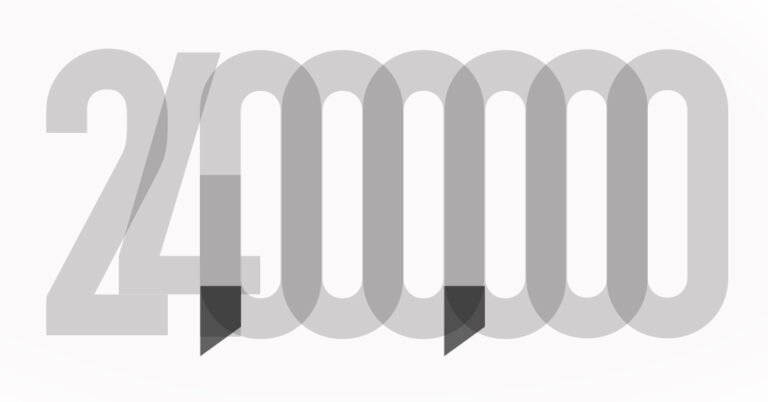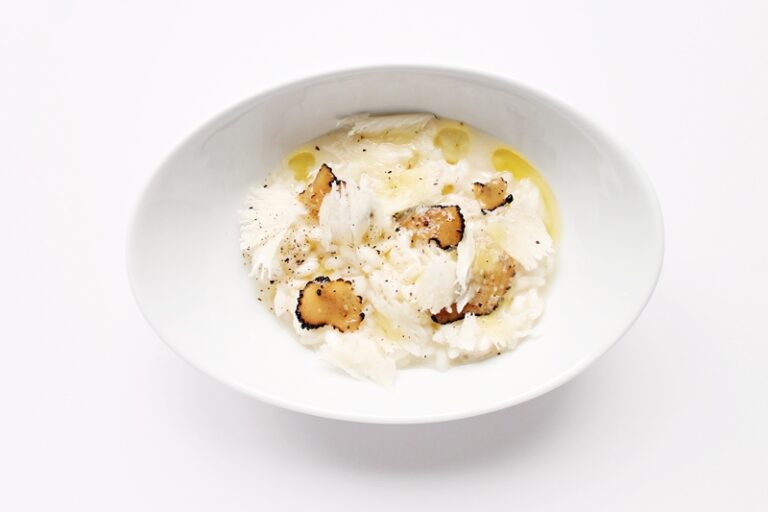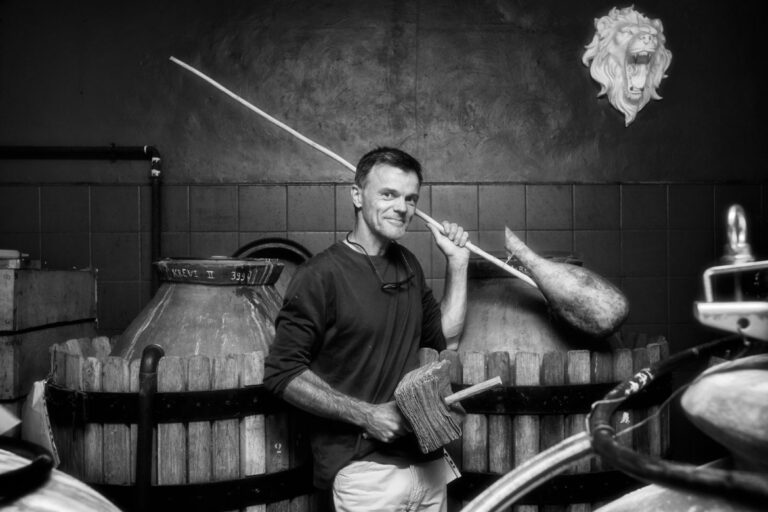Or shall we call it ‘The Richards’ ?! Instead of ‘The Champagne Oscars’ ? We want to sum-up the year of 2024 from a Champagne perspective. In 20+ categories we hand out awards for this years most memorable Champagnes & Champagne related topics!
[featured partner – vigneron.se]
Estimated reading time: 7 minutes

Jérôme Lefèvre & Champagne Delalot
Champagne Eliane Delalot becomes Champagne Delalot. Thanksfully, nothing changes but the name simplified to Delalot, a new winery, and the insurance to keep their statements raw: a vineyard entitely worked by hand, only vintage cuvées, but also the quiet and independent winemaking that made the 5 cuvées you love. New parcels in Bonneil are presently in organic conversion for future delights.
In the other hand, a totally new project emerge, Maison Jérôme Lefèvre.
Champagne Club by Richard Juhlin
As well as Delalot is elaborated from the small vineyard he work the singular way you know, Maison Jérôme Lefèvre is a way to experiment on new wines. The idea here is to collaborate with grower friends he appreciate the work to make organic champagnes of a new genre: absolutely new cuvées each harvest, again only vintage, giving the possibility to explore unprecedented champagnes and creating unique experiences year after year.







The Art and Science of Champagne Label Design
Champagne, synonymous with celebration and luxury, is more than just a sparkling wine—it’s a statement of refinement and sophistication. Among the many elements that define a champagne’s allure, the label is a crucial aspect. A champagne label serves as both an identifier and a storyteller, communicating the brand’s heritage, quality, and ethos. Designing such labels is an intricate process that merges art, marketing, and regulatory compliance.
Historical Context of Champagne Labels
Champagne labels have evolved significantly since their inception in the early 19th century. Initially, labels were simple and handwritten, reflecting the artisanal nature of winemaking. As champagne gained popularity, especially among European aristocracy, labels became more elaborate to convey luxury and exclusivity. The Art Nouveau movement of the late 19th century introduced ornate typography, floral motifs, and intricate borders to champagne labels, many of which remain iconic today.
Key Elements of Champagne Label Design
A champagne label typically consists of the following components:
1. Brand Name
The brand name is often the most prominent element. It needs to be legible and memorable. Brands like Moët & Chandon, Veuve Clicquot, and Dom Pérignon have mastered the art of creating iconic typefaces and placements for their names.
2. Logo or Emblem
The logo or emblem often signifies the brand’s legacy. Many champagne houses incorporate crests, crowns, or vineyard illustrations to emphasize heritage and prestige.
3. Origin
The label must specify that the product is from the Champagne region of France, as dictated by the Appellation d’Origine Contrôlée (AOC). This assures authenticity and compliance with regulations.
4. Classification and Cuvée
The classification (e.g., Brut, Extra Brut, Demi-Sec) indicates the sweetness level, while the cuvée name highlights the specific blend or vintage. These details cater to connoisseurs and help buyers make informed decisions.
5. Vintage or Non-Vintage
For vintage champagnes, the year of production is prominently displayed. Non-vintage champagnes may instead highlight the house style or signature blend.
6. Legal Information
Regulatory requirements include the alcohol content, volume, producer’s address, and often a warning label. Designers must balance compliance with aesthetic appeal.
Design Trends in Champagne Labels
Modern champagne label design straddles the line between tradition and innovation. Here are some notable trends:
1. Minimalist Aesthetics
Minimalism has gained traction in recent years, with clean typography, subtle color palettes, and simple layouts. This approach emphasizes sophistication and appeals to younger demographics.
2. Metallic Accents
Gold, silver, and rose gold foils are commonly used to exude luxury. These elements catch the light, making the bottle stand out on shelves and in photographs.
3. Embossing and Texture
Tactile features such as embossing, debossing, and textured paper enhance the premium feel of a label. They create a sensory connection with the consumer.
4. Art-Inspired Designs
Collaborations with artists and designers have led to unique, limited-edition labels. These art-inspired designs often double as collectible items.
5. Sustainability
Eco-conscious consumers are driving the demand for sustainable packaging. Many champagne brands now use recyclable materials, biodegradable inks, and minimalist packaging to reduce their environmental footprint.
Regulatory Considerations
Designing champagne labels involves navigating strict regulations, especially within the European Union. Key rules include:
1. Geographical Indication: The term “Champagne” can only be used for wines produced in the Champagne region.
2. Alcohol Content and Volume: Must be clearly displayed.
3. Producer Information: Includes the bottler’s name and address.
4. Allergen Warnings: For example, labels must indicate if the product contains sulfites.
Failure to adhere to these rules can lead to legal penalties and damage to the brand’s reputation.
The Psychology of Champagne Labels
A well-designed label is more than visually pleasing—it influences consumer behavior.
• Color Psychology: Gold and black evoke luxury, while pastel hues suggest delicacy and romance.
• Typography: Serif fonts convey tradition and formality, while sans-serif fonts suggest modernity.
• Imagery: Illustrations of vineyards or celebratory scenes evoke nostalgia and joy.
These design elements work together to create an emotional connection, encouraging consumers to choose one brand over another.
Case Studies of Iconic Champagne Labels
1. Dom Pérignon
The shield-shaped label of Dom Pérignon is minimalist yet regal, exuding timeless elegance. The use of black and gold creates a sense of exclusivity.
2. Veuve Clicquot
Veuve Clicquot’s signature yellow label is instantly recognizable. Its bold color stands out on shelves and symbolizes the brand’s vibrancy and daring spirit.
3. Perrier-Jouët Belle Époque
This label features delicate floral motifs inspired by Art Nouveau. The design highlights the craftsmanship and artistic heritage of the brand.
Future of Champagne Label Design
As technology advances, champagne label design is likely to embrace innovations such as:
• Smart Labels: Incorporating QR codes or NFC chips to provide consumers with information about the wine’s origin, tasting notes, and food pairings.
• Augmented Reality (AR): Labels that come to life through AR apps, offering an interactive and immersive experience.
• Personalization: Allowing consumers to customize labels for special occasions, enhancing emotional value.
Conclusion
Champagne label design is a delicate balance of artistry, tradition, and functionality. A well-designed label does more than identify the bottle—it tells a story, conveys a brand’s values, and creates an emotional connection with the consumer. As the industry evolves, the importance of thoughtful and innovative label design will only continue to grow, ensuring that every bottle of champagne remains a visual and sensory delight.






